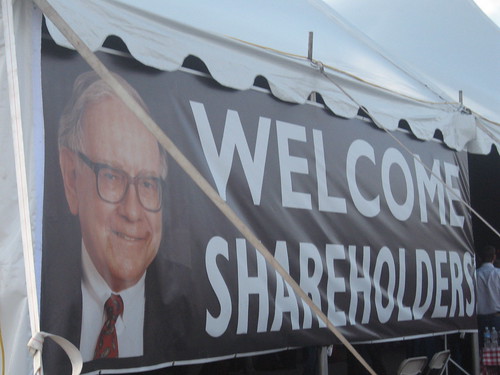Learning from Warren Buffett and LTCM
In the late 1990s, the world’s largest hedge fund at the time, Long Term Capital Management (LTCM), failed.
The failure sent shockwaves across Wall Street and the rest of the financial world. The hedge fund had been one of the largest players in the global derivatives markets, and when it failed, it dragged its counterparties with it.
Eventually, the Federal Reserve was forced to bail out the fund instead of risking a global financial crisis (though, no federal funds were used – the Fed merely brokered a deal on LTCM’s behalf with a consortium of Wall Street Banks). However, before the central bank stepped in, Warren Buffett (Trades, Portfolio) also made a bid for the fund’s portfolio of assets.
It later emerged that Buffett made a bid of $250 million for LTCM. On top of the purchase price, Berkshire Hathaway (NYSE:BRK.A) (NYSE:BRK.B) would have to put $3.75 billion into the fund to meet other obligations. If the deal had succeeded, Buffett would have paid $250 million for $100 billion worth of securities and over $1 trillion worth of derivative contracts.
LTCM had been forced into a corner because it could not meet margin calls on its extensive portfolio of derivatives and other assets. It seems Buffett was betting that if Berkshire bought the assets, LTCM’s former counterparties would back down, giving the firm breathing room to unwind the positions. This may have produced enormous profits for Buffett and his investors.
Ultimately, the deal fell apart. As Buffett later described, due to the deal’s size and volatility in the underlying portfolio, he gave LTCM a short window to accept the offer. They declined, and the deal fell through.
Smart people and dumb decisions
LTCM became a case study of how even the smartest people can make dumb decisions. The 16 people who managed the business were considered some of the smartest economists…
Photo by bunnicula

